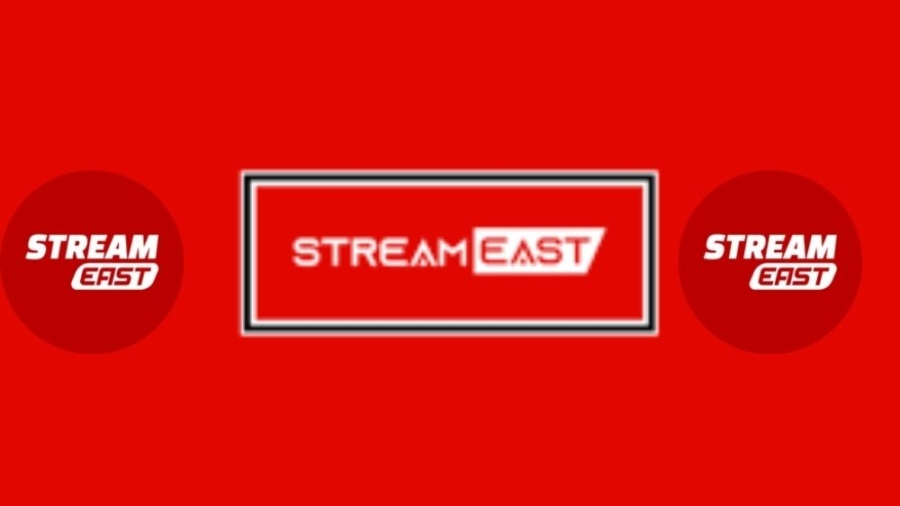By Max Nirenberg, Global CRO and Managing Director of Commit USA
Op Ed
In a world increasingly infatuated with artificial intelligence, the line between exploration and implementation seems thinner than ever. Many businesses are eager to embrace AI, often framing their inquiries as exploring “the art of the possible.” However, as a seasoned participant in this rapidly evolving landscape, I’ve witnessed a troubling trend: while curiosity is rampant, actual implementation remains elusive.
Table of Contents
The Implementation Gap
At Commit, an AWS Premier Tier Partner with a dedicated AI competency, we’ve engaged in over 200 AI-based initiatives in the last two years. A staggering revelation emerged during this time: only 10% of companies that ventured into AI proof-of-concept projects integrated these technologies into their daily operations. This statistic is not merely a number; it represents a missed opportunity for businesses languishing at the crossroads of ambition and action.
The AI Market’s Untapped Potential
Moreover, recent studies indicate that the global AI market is expected to reach $1.59 trillion by 2028, growing at a compound annual growth rate (CAGR) of 20.1%. This reflects the increasing interest and potential of AI across sectors. However, despite this growth, about 65% of businesses report that they are still in the early stages of AI adoption, highlighting a gap between interest and implementation.
A Call for Strategic Focus
Tech leaders echo these sentiments. Sundar Pichai, Google’s CEO, stated, “AI is one of the most important things humanity is working on. It’s more profound than electricity or fire.” However, he also cautioned that harnessing AI’s potential requires a strategic approach, emphasizing that “we need to be mindful of the ethical implications.”
The ROI Oversight
So why are many organizations struggling to transition from exploration to actualization despite their eagerness to innovate? The answer lies in the technical complexities of AI solutions and a significant oversight: the lack of focus on return on investment (ROI). Businesses often dive headfirst into AI’s technical potential, forgetting that the ultimate goal is to enhance their bottom line.
A Dual-Perspective Approach
Similar to the decision to “SaaSify” a product, it is crucial to approach AI from both business and technical perspectives. This dual lens separates companies that merely dabble with AI from those that harness its transformative power. The critical first step is identifying viable use cases and understanding how they correlate with measurable ROI before committing valuable resources to development and implementation.
The Commit Advantage
At Commit, our unique vantage point is shaped by our origins. Founded in 2005 to aid startups in their nascent stages, we understand that success depends on technological prowess and a deep understanding of the market and the product itself. Our product development roots allow us to marry the technical and business sides of AI effectively. Today, we are a team of nearly 800 individuals across various disciplines, focused on ensuring that the AI solutions we propose align with real business needs.
Shifting from Curiosity to Execution
Last year, businesses were hungry for knowledge about AI; this year, they sought guidance on actualizing their visions. Before rushing into the solution phase, our product team meticulously studies every aspect of our client’s businesses, including user needs and available data. We engage in conversations about potential use cases, recommending alternatives from our diverse experiences that may yield more significant impacts. The goal is not just to feature AI as a shiny new tool but to find that one innovative use case that will genuinely drive change.
Measurable Success Through a Product-Centric Lens
The fruits of this approach are evident. Since we shifted our focus from purely technical discussions to a more product-centric mindset, 86% of the clients collaborating with us on exploring Generative AI are successfully implementing it into production. This success is partially facilitated by our partnership with AWS, which allows us to leverage funding programs for our clients, alleviating some financial burdens associated with such transformative efforts.
The Inevitable AI Transition
In a recent quote that resonates with our mission, Satya Nadella, CEO of Microsoft, remarked, “Every company will be a software company, and AI will be the cornerstone of that transition.” This underscores the necessity for businesses to explore AI and harness its capabilities intentionally.
A Call to Action
In conclusion, moving from the theoretical “art of the possible” to practical implementation requires intention and clarity of purpose. Businesses must steer their explorations focusing on ROI and understand how AI can mold their future. As we stand on the precipice of an AI revolution, I urge businesses not to merely check the box of exploring AI but to engage with it deeply and meaningfully, transforming potential into reality. The future is not just about what AI can do—it’s about what businesses can achieve when they harness AI’s power effectively.


















